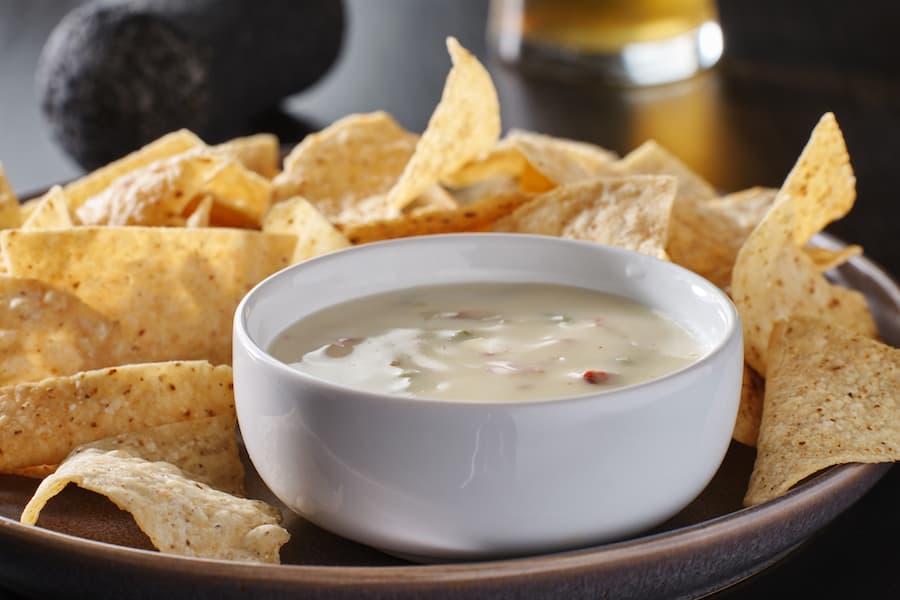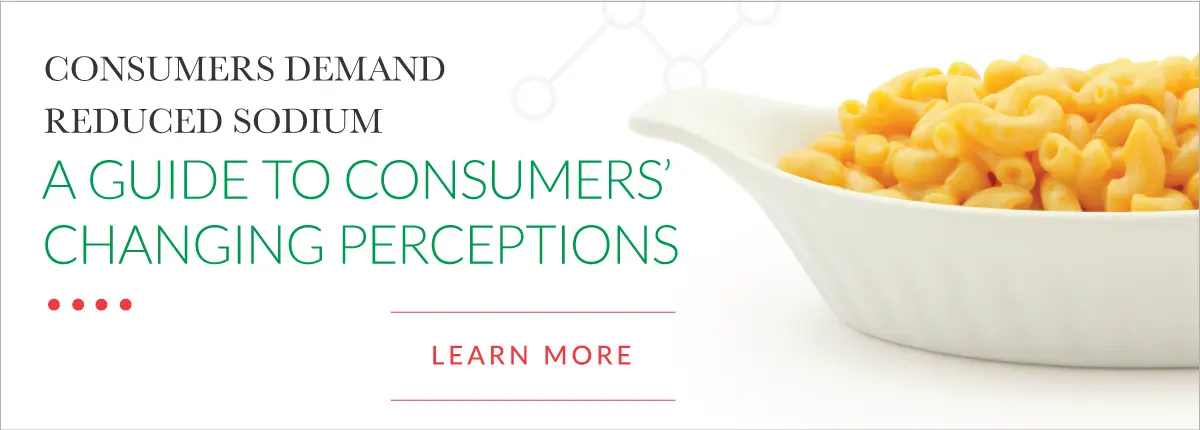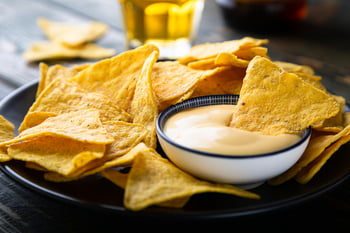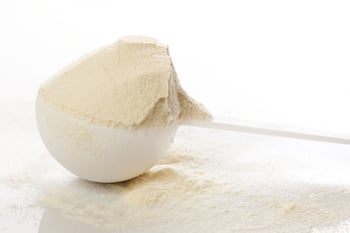 The human body needs sodium to keep its muscles and nerves healthy and functioning as they should. But the hard truth is that the vast majority of Americans are getting too much of a good thing.
The human body needs sodium to keep its muscles and nerves healthy and functioning as they should. But the hard truth is that the vast majority of Americans are getting too much of a good thing.
The U.S. Food & Drug Administration’s Dietary Guidelines for Americans recommends no more than 2,300 mg per day (about 1 teaspoon of salt). Most consumers, however, eat 50% more than they should, consuming an average of 3,400 mg of sodium daily.
Food and beverage manufacturers are taking measures to address this public health concern. However, reducing sodium in their products comes with challenges, the largest of which is that low-sodium formulations rarely taste as good as the original.
Another challenge when formulating lower sodium applications is maintaining clean labels and all-natural claims. New initiatives and ingredient innovations are helping to overcome these challenges and quell the notion that less salt means less flavor, especially in commercially processed and restaurant foods.
Three types of food applications, in particular, are benefitting from ingredient innovations that help to reduce sodium levels.
1. Snack Applications — 3D Salt Flakes
When you bite into a pretzel or grab a handful of roasted nuts, you expect that signature salty flavor. What if you could trick your taste buds into believing these foods are saltier than they really are? Innovations in finishing salts used on the outer layer of pretzels, tortilla chips, nuts, crackers and other salty snacks is helping to do just that.
Micro-flake sea salts are 100% salt, but produced to have different-shaped crystals with a powder-like texture that is soft, hollow and pyramid-shaped. The 3D crystallized shape covers more surface area than a standard cube-shaped grain of salt and allows it to adhere to foods more easily, minimizing waste. The broader surface area and unique crystal shape also makes it dissolve instantly when it hits a consumer’s tongue. This instant flavor sensation triggers the illusion of saltier flavors but with lower overall sodium levels.
2. Savory Sensations — Umami-Inspired Flavors
One way to enhance salty flavors in foods without actually increasing sodium levels is to up the umami. A study published in the journal of the American Heart Association found that the same part of the brain is activated when a person eats either salty or spicy foods. Participants who ate more spicy foods consumed less salt and had lower blood pressure.
Food producers understand that adding savory ingredients and other natural spices and rubs help to intensify flavors, but don’t always consider lowering sodium levels when doing so. Some examples of spices that allow for lower sodium include smoked paprika, Chinese five-spice, dry mustard, garlic, anise, onion powder and a variety of herbs.
For consumers seeking healthier foods, the use of spices in place of some of the salt in products adds even more benefits than reduced sodium. Many spices contain rich sources of flavonoids with antioxidant properties that provide health benefits. Some flavonoids are associated with protection against heart disease and some cancers.
Spices with the highest amounts of flavonoids include parsley, oregano, dill, fennel, celery and saffron. A solution to healthier, lower-sodium formulations may be simple: increase the number of spices and decrease the amount of salt.
3. Cheese Sauces & Soups — New Whey Protein Product
Classic comfort foods like macaroni and cheese and cheesy soups or party-time snacks and appetizers like loaded nachos or queso dip are packed with flavor. Unfortunately, they’re also loaded with sodium.
Replacing a portion of the processed or fresh cheese with an alternative ingredient in these types of cheesy applications can help to reduce sodium. Unfortunately, many alternatives lack flavor and require the addition of additives to restore salty notes, such as potassium chloride or magnesium sulfate. These chemical-sounding ingredients are not perceived as clean-label by consumers. Just as important is that their addition to a formula doesn’t maintain the original flavor; rather, they can impart a bitter taste.
Grande Custom Ingredients Group is known for its proprietary whey protein products used to replace dairy products in various formulations. One of their ingredient innovations, Grande Gusto®, was specifically developed to replace up to 30% of the processed or fresh cheese in formulations. This all-natural ingredient maintains a product’s creamy texture and mouthfeel and often enhances the salty notes of the original formulation despite having 10–15% lower sodium.
The science behind it takes advantage of the unique enzymes that are in reduced lactose whey — a naturally occurring ingredient resulting from the cheesemaking process. These enzymes allow salty flavors to shine through, leading one sensory panel in a controlled study to prefer the Grande Gusto macaroni and cheese formulation over the control.
Another major challenge with lower sodium cheese is maintaining a creamy consistency. Salt is a natural texturizing aid in many products, including cheese sauces. Maintaining salty notes with reduced sodium must be achieved without losing the signature, velvety texture that is expected with cheese sauces. The same sensory panel ranked Grande Gusto on top for texture and mouthfeel, too. Its ability to optimize costs and minimize waste due to its long shelf life are additional benefits.
A Proactive Approach to Consumer Demands
The reality remains that the initiative to lower sodium intake lies with the consumer. The cravings for salty foods are, in general, an acquired taste that Americans have become accustomed to. Studies suggest that individuals can desensitize their pallets after about a month of lower sodium intake and, once accustomed to it, often find processed or packaged foods too salty.
Food producers have a responsibility to offer alternatives, but it’s up to the consumer to embrace a healthy lifestyle that includes less salt. Consumers are adopting lower-sodium diets in greater numbers and, if the trend continues, food and beverage manufacturers will have no choice but to cater to them.
To further understand how consumers perceive sodium in their diets and the measures they’re willing to take, Increased Consumer Demand for Reduced Sodium guide containing the latest data and study findings.
Take a proactive approach by seeking out alternative ingredients that help reduce sodium with some of the ingredient innovations mentioned in this article. If you have a cheesy formulation, in particular, contact the specialists at Grande Custom Ingredients Group to request samples of Grande Gusto or to talk through your cheese soup or sauce challenges. We’re here to help.




